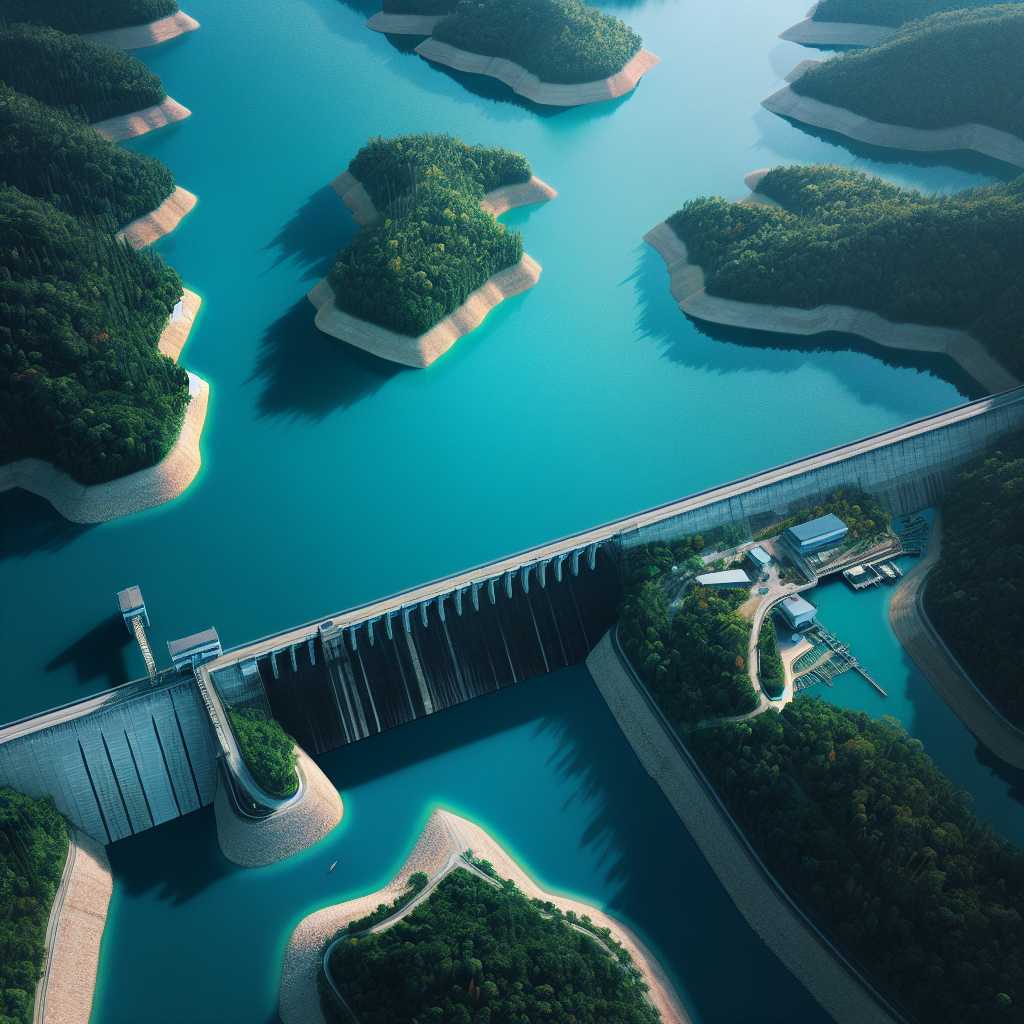Overview of Rapidan Dam
The Rapidan Dam is a concrete gravity dam located on the Blue Earth River in Blue Earth County, near Rapidan, Minnesota. Constructed in the 1930s, this dam has served multiple purposes throughout its history, varying from hydroelectric power production to recreation and flood control. The structure’s significance is enhanced by its role in the development and management of water resources in Southern Minnesota.
Historical Significance and Construction
In an era when America was grappling with the Great Depression, projects like the construction of the Rapidan Dam were pivotal in providing employment through government-sponsored programs. The dam’s construction not only offered economic relief but also intended to harness the Blue Earth River for electrical power and mitigating flood risks—a common concern in the agricultural landscapes downstream.
The dam was erected as part of broader efforts to control flooding and develop rural electrification throughout Minnesota and other parts of the United States. The strategic placement of such a facility speaks volumes about the ingenuity and determination of early 20th-century engineers who tackled challenging geographic conditions to provide lasting benefits.
Hydroelectric Power Production
One of the primary functions of the Rapidan Dam was hydroelectric power generation. At its peak, the dam’s powerhouse contributed significantly to Minnesota’s rural electrification, providing electricity to numerous homes, businesses, and farms. It was part of a broader push for renewable energy sources long before contemporary discussions on clean energy emerged.
Although not among the largest producers when compared to modern standards, Rapidan Dam electricity output demonstrated how local resources could be transformed into essential services that propelled societal progress.
Recreation and Environmental Balance
Beyond its utilitarian benefit, Rapidan Dam also serves as a recreational site. The structure created a reservoir, which has become a scenic spot frequented by nature enthusiasts. This region offers activities such as fishing, boating, and camping, making it an integral part of community life where people come together to relax and enjoy the natural world.
Maintaining a balance between human usage and environmental protection has been a continuous challenge around Rapidan Dam. Efforts to minimize ecological disruption while optimizing the dam’s benefits are indicative of the evolving relationship between humans and natural habitats in regions influenced by such infrastructure.
Flood Control and Water Management
An important aspect of Rapidan Dam’s functionality has been its role in flood control. By regulating water discharge according to seasonal patterns and precipitation events, it has mitigated the impact of floods on downstream areas. This regulation helps prevent loss of crops, property damage, and preserves overall soil integrity in adjacent agricultural zones.
The dam is central to water management strategies in Southern Minnesota. Its reservoir acts as a water bank that can be drawn upon during dry conditions—a flexible function that benefits local communities through both direct water uses and by maintaining base flow levels which affect downstream ecosystems.
Current Status and Future Prospects
Today, Rapidan Dam remains operational but faces many challenges common to aging infrastructures, such which includes maintenance costs and upgrading needs right up to regulatory compliance. Debates around its ecological impact versus economic and social utility speak to wider issues concerning America’s aging dams.
Assessing future prospects for Rapidan Dam may involve contemplation on retrofitting it for more efficient power generation or enhancing its capacities for flood control within an ever-changing environmental landscape. Additionally, there are considerations about decommissioning – a complex procedure involving ecological restoration efforts but also acknowledging the historical character the dam represents.
